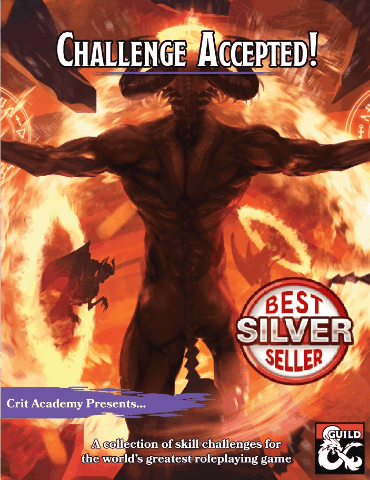Dramatic Structure in Roleplaying
- Justin Handlin

- Apr 26, 2021
- 2 min read

When game designers try to define roleplaying games, often one thing always comes to mind. That's cooperative storytelling. As tabletop roleplayers, we are engaging in a form of group storytelling. This takes on the form of improvisational theater combined with a back and forth between the Game Master and the Players. Most would agree with this definition.
I've noticed that there is a sense that, because RPG games are a different type of storytelling than more traditional forms of books, movies, or comic books, that they can ignore the dramatic rules those other media tend to follow. That isn't true in the slightest.
The structure of drama was established centuries ago in epic poems, songs, and plays, which have evolved from even older myths and oral stories. While the medium or shape of the storytelling may change between cultures and time periods, many of the core fundamentals still apply. Every story begins with a setup (Act 1), tension then builds through confrontation (Act 2) and gets sorted out in different forms for better or worse in the story's conclusion (Act 3).
While this structure can be broken, and sometimes leads to groundbreaking storytelling, this is rare and it's best to stick to the rules. Though, honestly, don't be afraid to change it up on occasion, if only to see where the dice fall.
If we accepting tabletop RPG games as a form of storytelling, then the requirements of the story structure apply to Game Masters and adventure writers just as much as to a screenwriter, novelist, and playwrights.
As I work through my own adventure designs such as the underwater adventure The Dark Tide of Damodan, or the stories for my own home campaigns. I am learning much that this simple, but powerful methodology really brings to a great adventure for my players. Don't get me wrong! There are many additional tidbits when it comes to making a great adventure, such as interesting world and character building. But, these all seem to be secondary to ensuring that these three core pillars are present in the story.
While I am still relatively inexperienced when it comes to adventure design and writing compared to many excellent writers out there. I've learned that I can always count on these simple rules to ensure that I have a cohesive story for my players.















Comments